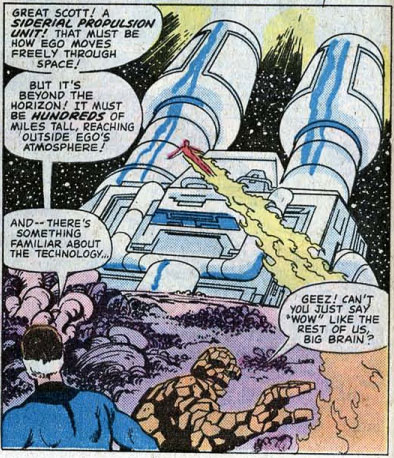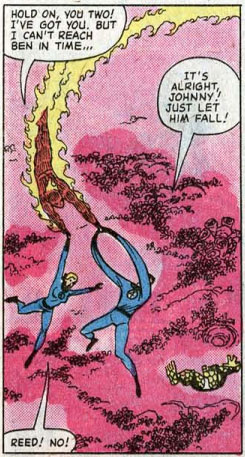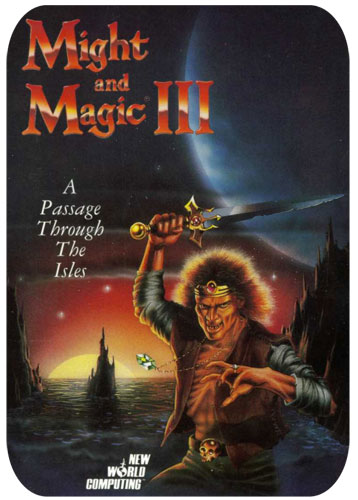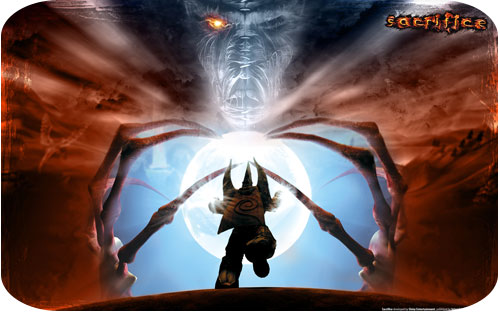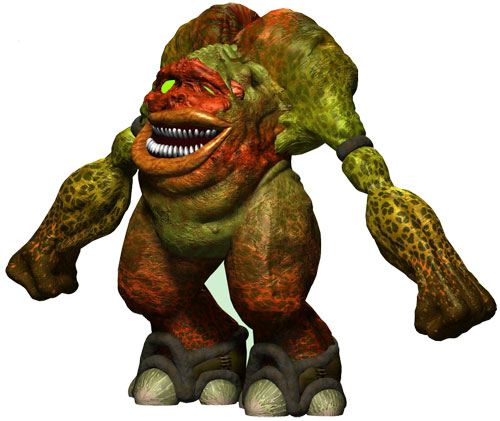Back in the 80s and early 90s, a reviewer could have a major impact on both gamers and developers. Everything was still relatively new and shiny and bright, both consumer and creator needed someone to separate the wheat from the chaff, to highlight the obscure, to champion the worthy, to excoriate the worthless.
There were a few game reviewers who had made a name for themselves and they could be found exclusively at the major game magazines of the day. The magazine of choice for the discerning gamer back then was Computer Gaming World. Under the helm of Johnny Wilson, CGW did more to educate gamers about the state of the hobby than any other magazine around. If you wondered why games could be both overdue and released prematurely, you’d read a CGW editorial and be enlightened.
The tone was serious, academic and occasionally, a little stuffy, but perhaps understandably so. This was a time when computer games were still thought to be a peculiar pasttime for an adult and “You play games?” still merited a defensive answer. It was a time that called for thoughtful discourse about the hobby rather than frivolous and forgettable Top 10 So-Wacky lists.
The magazine had undeniable influence. A comment in a CGW review about how Balance of the Planet was not fun perhaps led to Chris Crawford‘s epic The Dragon speech in 1992. The magazine’s Top 100 Games reader poll was gamed by game publishers in a bid to influence sales.
The influential voice for the RPG and adventure genres at CGW was the mysterious Scorpia. For an incredible 16 years, she reviewed games for the magazine, playing games right to the end because it was the CGW editorial policy back then and because she felt her readers deserved a complete review. In doing that, she’d often find bugs and problems even the publishers weren’t aware of or were apathetic about. If you wanted an opinion about an RPG, you’d go to her. If you were stumped in a game in that pre-GameFAQs era, you’d read her fantastic hint column which creatively provided solutions cryptically. She knew these games inside out.
I was recently reminded of her influence while playing Might & Magic III: The Isles of Terra. From Scorpia’s review of Might & Magic II (Computer Gaming World # 57, 1989):
“… Might & Magic II seems to have swerved off the path in the boring ‘monster mash/Monty Haul” direction, where ever-more-powerful characters with ever-more-powerful weapons fight ever-more-powerful monsters until it all escalates into the realm of the ludicrous.”
Her summation:
“Not up to par with the original; great graphics but emphasis on
combat overshadows all else. Great for monster mash lovers, but not recommended for others.”
New World Computing’s distasteful response in Might & Magic III:
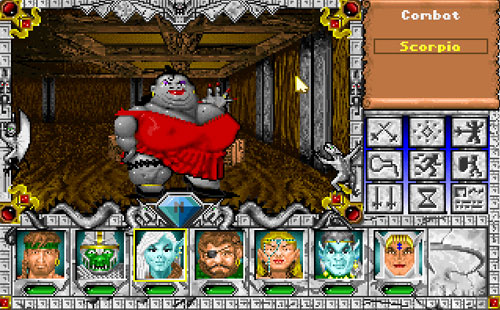
It’s hard to imagine any current game reviewer having that sort of impact, getting that sort of response from a developer. The major game sites and what few magazines are left may have some clout but an individual game reviewer? There’s no Walter Mossberg of computer game reviews, no Pauline Kael.
This is not exactly a bad thing. After all, why be beholden to a single opinion? Why should one voice be all-powerful?
Still, some voices deserve a wider audience and it’s perhaps criminal that someone with Scorpia’s reviewing experience should not have a platform at one of the major game review sites.
(She did have her own site for about three years but had to recently stop due to financial reasons.)
I would dearly love to see one of the gaming sites give her a regular spot and let her opine on today’s RPGs. For instance, what would someone with her extensive experience with the classic RPGs make of the Shin Megami Tensei, Final Fantasy or Dragon Quest franchises? After all, JRPGs took inspiration from western RPG classics before they, too, swerved off the path and took off in their own direction. What parallels could still be found, what’s better, what could be improved? Does Dragon Age’s world live and breathe like Ultima VII’s? Is it as an idealistic and noble an undertaking as Ultima IV?
We’ve got a site for good old games; perhaps it’s time for someone to give good old reviewers the same love and attention.
